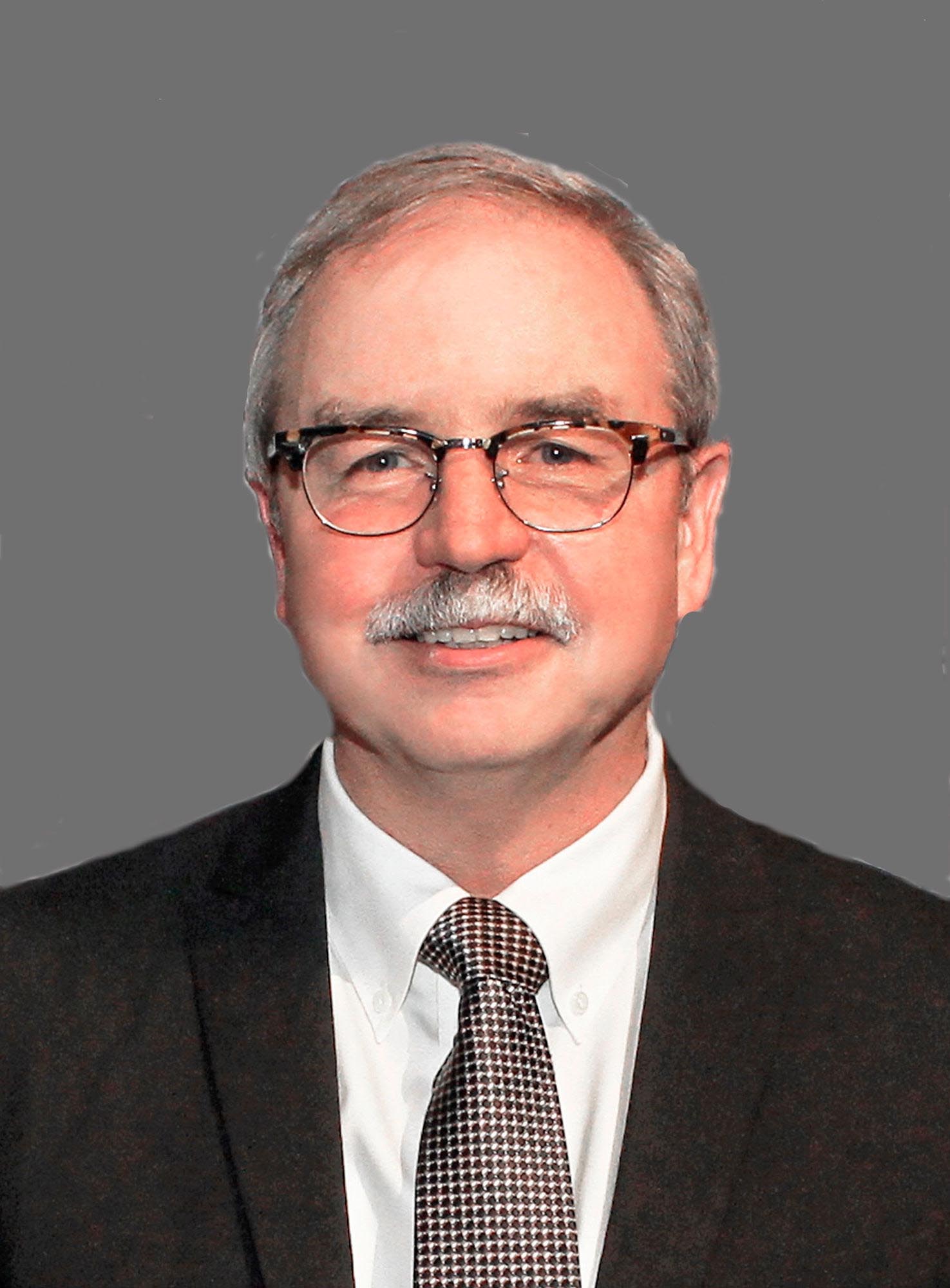Calls Now Open
2024 ADDF-Harrington + 2025 Harrington Scholar-Innovator Programs

Respiratory, Rare/Orphan
An Improved Method of Pleurodesis
2022 Harrington Scholar-Innovator
Pneumothorax (collapsed lung) occurs when air leaks into the pleural space between the lung and chest wall, causing painful, labored breathing. Treatments range from observation to chest drainage. In cases where recurrence is likely, such as in the rare lung disease, lymphangioleiomyomatosis (LAM), talc pleurodesis is often used to irritate and fuse the pleural surfaces to prevent re-accumulation of air. Though effective, the talc never clears and is associated with lead exposure, chronic pain, and lung transplant complications. An improved method of pleurodesis is needed.
Rare lung disease expert and LAM therapy pioneer, Dr. Francis McCormack developed sirolimus as an FDA-approved therapy that stabilizes lung function decline in most LAM patients. The drug offers relief, but pneumothoraces still occur.
Dr. McCormack observed that calcium phosphate (hydroxyapatite) stones accumulate in lung alveoli of patients with pulmonary alveolar microlithiasis (PAM), another rare condition. Further noting that the body naturally decomposes the particles gave him the idea of using synthetic hydroxyapatite microspheres as a biodegradable approach to pleurodesis in LAM cases. As effective as talc in mouse models, synthetic hydroxyapatite particles induce durable pleural fusion but are cleared from the pleural space within two months.
“I am grateful for many fruitful discussions with Harrington advisors from preclinical study design to partnering with industry for funding and licensing, and preparing for FDA approval of the hydroxyapatite particles method,” Dr. McCormack says. “Ultimately, this therapy may offer a safer pleurodesis approach for many common diseases associated with recurrent pneumothorax and recurrent pleural effusions.”